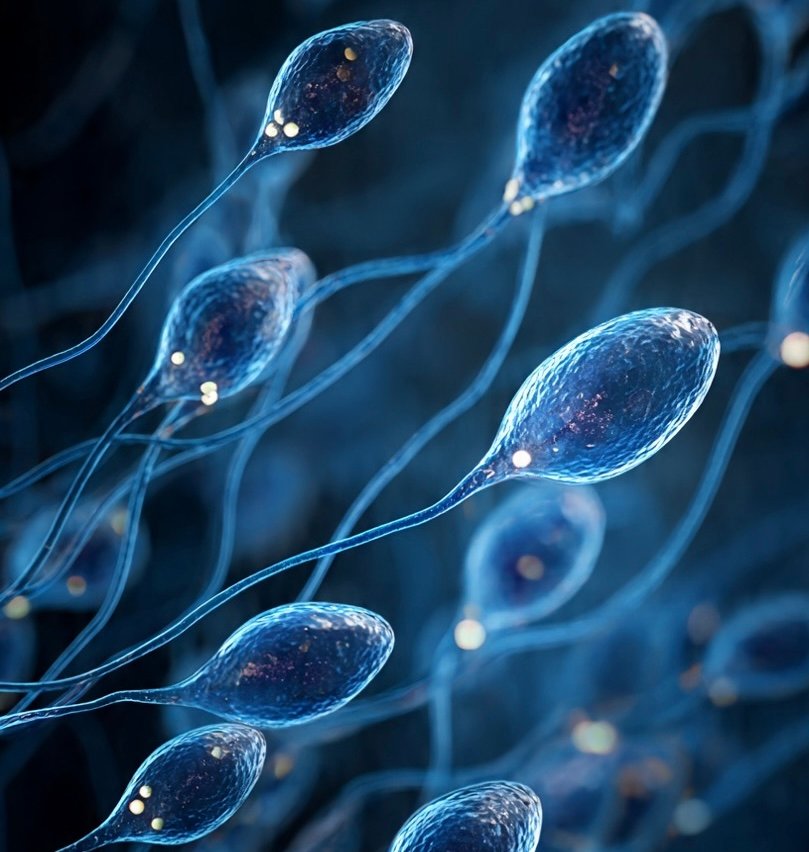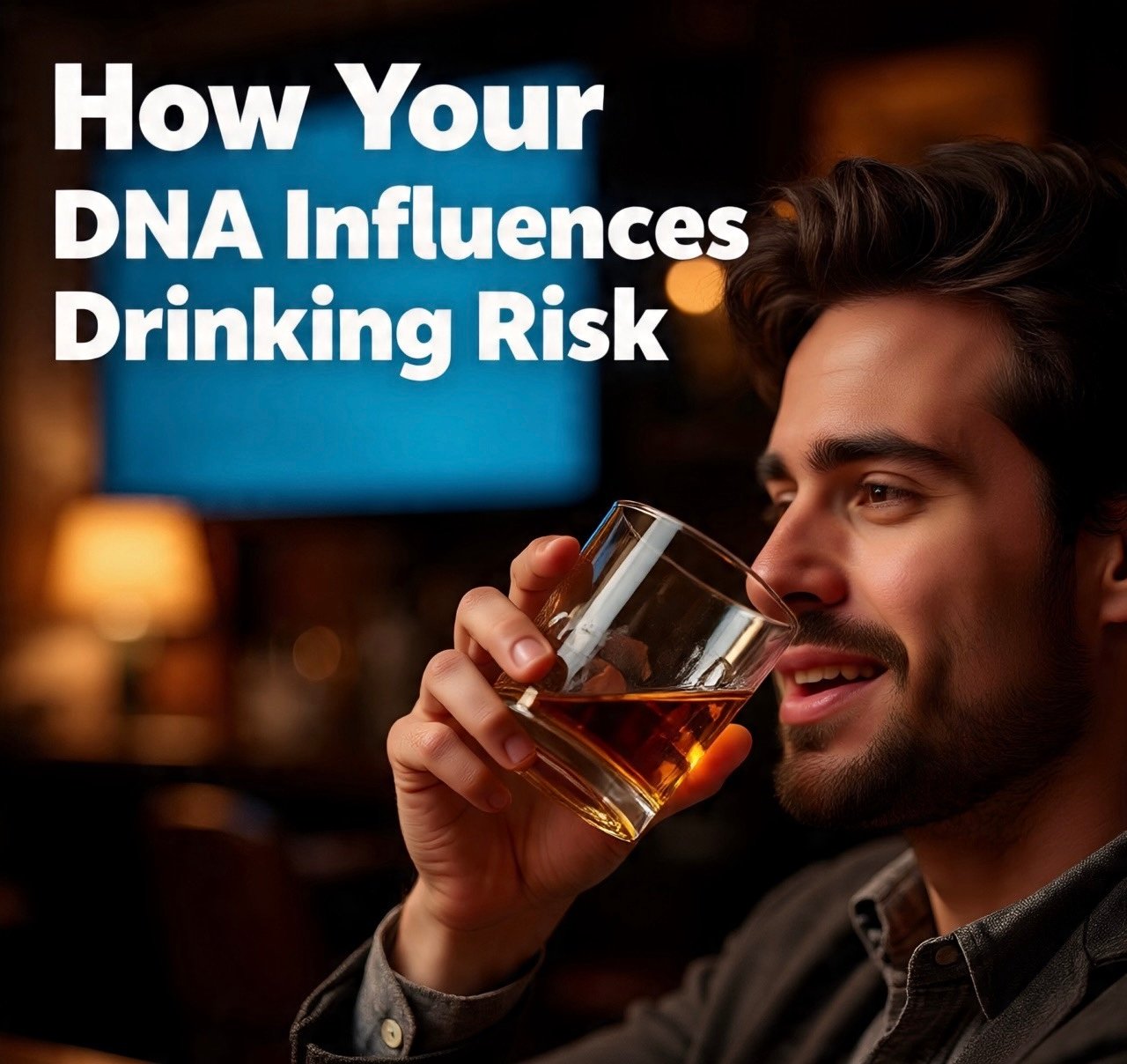Aging doesn’t only affect appearance—it changes male DNA profoundly. The Wellcome Sanger Institute and King’s College London reveal harmful sperm mutations accumulate with age.
These mutations, though subtle, may increase the risk of genetic disorders in children, transforming our understanding of heredity, fertility, and reproductive health.
How DNA Mutations Arise in Sperm
DNA errors naturally occur when cells divide or face chemical and environmental stress. Normally, repair mechanisms fix most mistakes.
However, some errors escape correction, embedding in sperm DNA over time. This cumulative “molecular wear and tear” diversifies mutations, potentially increasing inherited disease risks.
The Power of NanoSeq Technology
Researchers employed NanoSeq, a next-generation sequencing tool that detects even the smallest sperm DNA changes invisible to traditional methods.
Sperm from 81 healthy men aged 24–75 revealed thousands of cumulative mutations. NanoSeq allowed scientists to trace mutation accumulation over decades, offering insight into male germline evolution.
“Selfish” Mutations That Compete for Survival
Some sperm mutations are not random—they thrive inside testes. Termed “selfish mutations,” these genetic changes give sperm cells replication advantages.
Over time, mutant sperm dominate, increasing the likelihood of transmitting harmful traits. This natural selection within testes shows evolution occurs even at a microscopic level.
How Mutation Rates Rise With Age
The study observed that 2% of sperm in men in their 30s carried disease-linked mutations. By age 43–50, this rose to 3–5%, reaching 4.5% by age 70.
Many changes affect genes regulating cell growth, hormones, and embryonic development, key factors in infant health and long-term wellbeing.
Expert Insights on Sperm Evolution
Matthew Neville highlighted that while some evolutionary selection was expected, the extent of “selfish mutations” was surprising.
Matt Hurles emphasized that mutations can thrive inside testes even when harmful, revealing a paradox: evolution favors reproduction, yet can increase genetic risks for children.
Not Every Mutation Gets Passed On
Most sperm mutations do not result in inherited disease. Some sperm fail to fertilize eggs, while defective embryos may not develop.
However, a small fraction of mutations succeed, embedding disease-linked genes into offspring. Researchers aim to identify which mutations pose the greatest reproductive risks.
The Broader Genetic Picture
Male germline DNA continues evolving, shaping both genetic diversity and potential disease risks. While most mutations are harmless, some introduce challenges for future generations.
This insight connects reproductive medicine, molecular biology, and evolutionary science, offering a framework to understand male fertility and genetic inheritance.
Q&A: Understanding Age-Related Genetic Changes
Q: Why do sperm mutations increase with age?
A: Continuous cell division allows errors to accumulate, and some mutations gain advantages, multiplying in testes over decades.
Q: Are these mutations always harmful?
A: Most are harmless, but some affect genes linked to developmental disorders or cancer susceptibility.
Q: Can older men still have healthy children?
A: Yes. Although mutation risk rises with age, the majority of sperm remain genetically stable.
Q: Can lifestyle affect mutation rates?
A: Smoking, pollution, and poor nutrition may accelerate DNA damage, amplifying natural mutation buildup.
FAQ: Male Germline Genetics
Q1: What is a “selfish mutation”?
A selfish mutation benefits the sperm by promoting faster replication, even if it harms offspring.
Q2: Can genetic testing detect sperm mutations?
Emerging technologies like NanoSeq may allow fertility clinics to screen sperm for mutations before conception.
Q3: Should men store sperm earlier in life?
Some experts suggest sperm banking for men planning delayed fatherhood, though more research is needed.
Q4: What’s next for this research?
Future studies will explore how lifestyle and environment interact with DNA aging to improve reproductive counseling.
Implications for Reproductive Health and Policy
As men delay fatherhood globally, understanding sperm genetic aging is increasingly crucial. Pre-conception genetic evaluations for men over 40 may reduce risks for children.
This knowledge could modernize fertility care, guide informed family planning, and ensure proactive steps for safer conception.
The Evolutionary Message
The Wellcome Sanger Institute’s research reminds us evolution continues within us. Every sperm carries a story of change, selection, and adaptation.
By studying molecular patterns in sperm, science can safeguard future generations, promoting healthier children and more informed reproductive decisions.
Disclaimer:
The information provided in this article is for general informational purposes only and should not be considered medical advice. Always consult a qualified physician or healthcare professional before starting any new health practice, treatment, or following the tips mentioned here.




